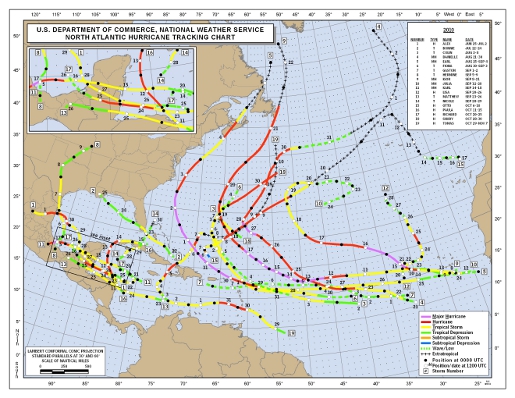Dinner time with the ultimate eater....
For us as humans we find
dinner time as an aesthetically pleasing routine, supplementing
with snacks throughout the day. For the
Astyanax jordani species, however, dinner time is used for sustaining another
day. This genus is made up of both herbivorous and omnivorous
species, however, the specific species A.
jordani is only found to be omnivorous,
feeding on small aquatic animals in the benthic layer and
vegetal items (both
autochthonous and
allochthonous) (Manna and Mazzoni
2012). When venturing down into dark waters, one doesn't know
what they will encounter. Because many animals that live in the
benthic layer lack pigmentation, they may not stand out against
the substrate like we'd imagine. Many of the small organisms
that are meals for the Blind Cave fish are fairly difficult to
see because of their size. For example, small shrimp species
that live in freshwater systems may not show up in our field of
view when under water. Although the Hell Creek Cave Crayfish is
not prey to the A. jordani, it has traits similar to
the species that it preys on because it lives in freshwater
caves and also possesses many morphological similarities. Take a
look
HERE to learn more about this arthropod.
species, however, dinner time is used for sustaining another
day. This genus is made up of both herbivorous and omnivorous
species, however, the specific species A.
jordani is only found to be omnivorous,
feeding on small aquatic animals in the benthic layer and
vegetal items (both
autochthonous and
allochthonous) (Manna and Mazzoni
2012). When venturing down into dark waters, one doesn't know
what they will encounter. Because many animals that live in the
benthic layer lack pigmentation, they may not stand out against
the substrate like we'd imagine. Many of the small organisms
that are meals for the Blind Cave fish are fairly difficult to
see because of their size. For example, small shrimp species
that live in freshwater systems may not show up in our field of
view when under water. Although the Hell Creek Cave Crayfish is
not prey to the A. jordani, it has traits similar to
the species that it preys on because it lives in freshwater
caves and also possesses many morphological similarities. Take a
look
HERE to learn more about this arthropod.
Studies that were done with many different species in
this genus have shown that their interactions between different
substances in their diet fluctuates based on the time of year
and also because of the resource availability. Following the wet
and dry seasons data has proven that the fish are introduced
with the largest availability for resources. The preceding
months generally have lower availability and so that diet of the
species will differ and change to a more distinct niche.
Obviously, during the rest of the months they will have a more
overlapping food niche when resources are more abundant (Esteves
and Galette, 1995).
 Trophic
plasticity is a very important trait to have if you want to stick
around in a competetive environment. Luckily for the
A. jordani, these fish are said the
have this plasticity due to their ability to acquire different
resources and use them depending on environment conditions, such as
weather patterns mentioned above. Because they have such a high
plasticity, one can conquer that they will have a better chance of
survival in extreme changes in their habitat, unlike those who are
less tolerant of diet change (Manna and Mazzoni 2012).
Trophic
plasticity is a very important trait to have if you want to stick
around in a competetive environment. Luckily for the
A. jordani, these fish are said the
have this plasticity due to their ability to acquire different
resources and use them depending on environment conditions, such as
weather patterns mentioned above. Because they have such a high
plasticity, one can conquer that they will have a better chance of
survival in extreme changes in their habitat, unlike those who are
less tolerant of diet change (Manna and Mazzoni 2012).
On a side note....because this fish is a common starter-fish for
fresh water aquariums there are a lot of commercially prepared food
that it will eat. Generally, you want to be able to give this fish a
mix of meat and vegetation and so an example food mix would consist
of: brine shrimp, bloodworms, tubiflex worms, and flake foods. For
other examples of food to feed, check out this aquarium store:
That Fish Place.
Go back home! Feeling full on knowledge? Move on to reproduction
HERE!
Want to see other organisms created by UWL students:
Check out
MultipleOrganisms.net!